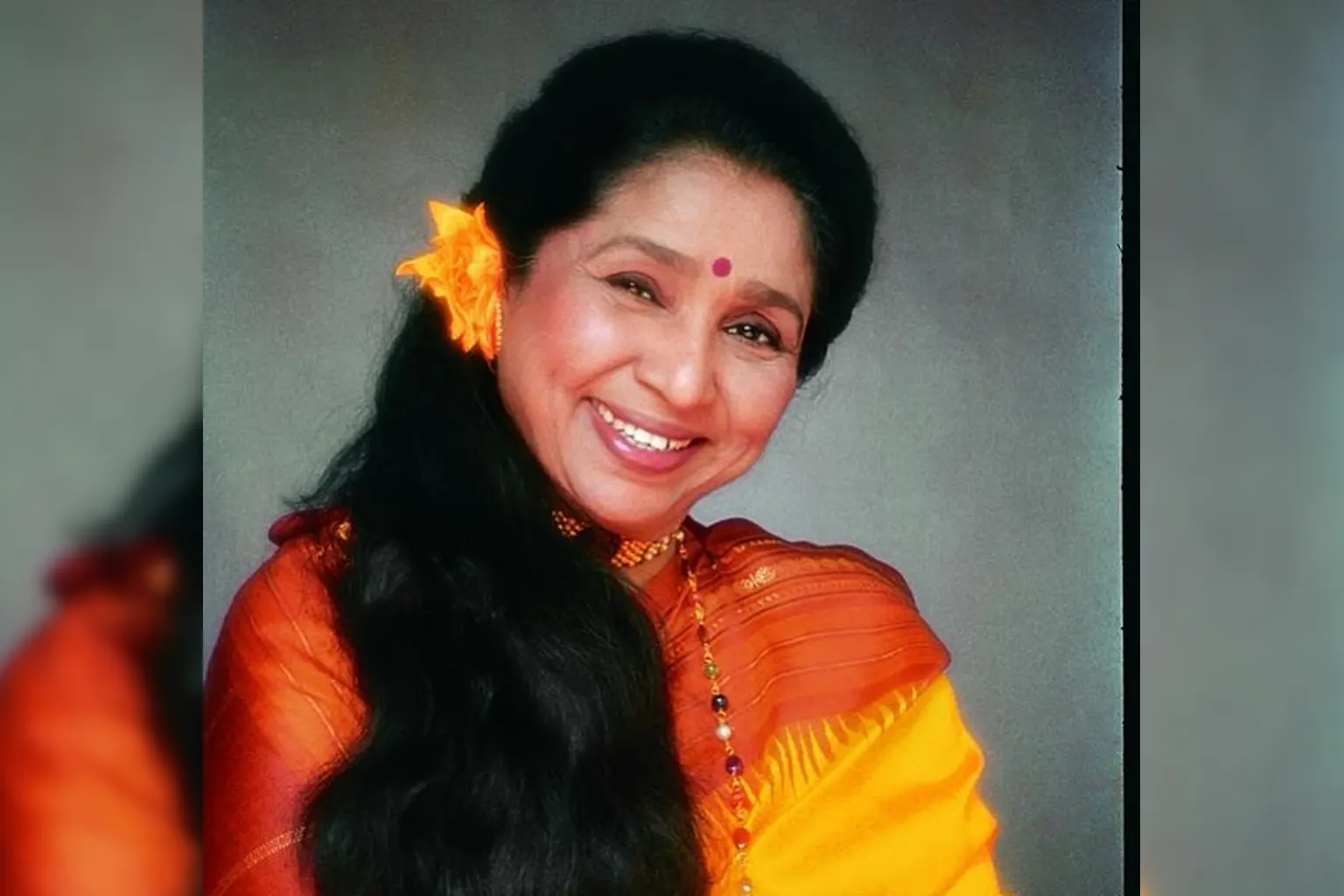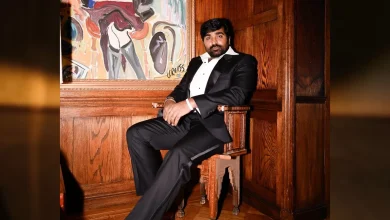Asha Bhosle: Voice of a Generation, Singing Legends Forever
Entertainment
Biography and Early Life
Born on September 8, 1933, in Sangli, Maharashtra, Asha Bhosle was the daughter of renowned Marathi singer and stage actor Deenanath Mangeshkar. She grew up in a musically rich household, alongside her sisters Lata Mangeshkar, Usha Mangeshkar, and Meena Khadikar, all of whom made significant contributions to Indian music.
Asha faced hardships early in life, including the passing of her father when she was just nine years old. To support the family, she began singing professionally at the age of 10. Her debut song came in the Marathi film Majha Bal (1943), setting the stage for what would become one of the most remarkable careers in music history.
Iconic Songs
Asha Bhosle’s career is defined by a vast and diverse catalogue. Known for her ability to adapt to any mood or style, she sang everything from romantic melodies to cabaret numbers, ghazals, bhajans, and pop songs.
Some of her most iconic tracks include:
- “Aaiye Meherbaan” (Howrah Bridge, 1958) – A sultry, stylish number composed by O. P. Nayyar.
- “Piya Tu Ab To Aaja” (Caravan, 1971) – A legendary cabaret track that remains timeless.
- “Dum Maro Dum” (Hare Rama Hare Krishna, 1971) – A youth anthem composed by R. D. Burman.
- “Chura Liya Hai Tumne Jo Dil Ko” (Yaadon Ki Baaraat, 1973) – A romantic classic still loved today.
- “Mera Kuchh Saaman” (Ijaazat, 1987) – A hauntingly beautiful ghazal by Gulzar and R. D. Burman that won her a National Award.
- “Rangeela Re” (Rangeela, 1995) – A comeback track proving her adaptability to modern music trends.
Her repertoire reportedly spans over 12,000 songs in more than 20 Indian and foreign languages.
Collaborations
Asha Bhosle’s career is inseparable from her collaborations with legendary composers and singers:
- O. P. Nayyar: Their partnership produced timeless melodies and transformed Asha into a leading playback voice of the 1950s and 1960s.
- R. D. Burman: Perhaps her most iconic collaborator and later husband, Burman composed some of her career-defining hits, blending Western influences with Indian music.
- Khayyam, S. D. Burman, Bappi Lahiri, A. R. Rahman: She worked with all major composers across eras, adapting effortlessly to changing styles.
- Duets: Asha recorded legendary duets with Kishore Kumar, Mohammed Rafi, Mukesh, and her sister Lata Mangeshkar, creating songs etched in the collective memory of generations.
Her openness to experiment with different genres and international artists gave her a global appeal unmatched by many contemporaries.
Awards and Recognition
Over her illustrious career, Asha Bhosle has received countless awards and honors:
- National Film Awards for Best Female Playback Singer (Umrao Jaan, Ijaazat).
- Filmfare Awards: A record number of wins and nominations before voluntarily stepping aside to allow younger singers recognition.
- Dadasaheb Phalke Award (2000) – India’s highest honor in cinema.
- Padma Vibhushan (2008) – One of India’s highest civilian awards.
- Recognized by Guinness World Records as the most recorded artist in music history.
- Nominated for a Grammy Award for her collaborative album Legacy with Ustad Ali Akbar Khan.
These accolades reflect her global impact and artistic brilliance.
Influence on Indian Music
Asha Bhosle’s influence on Indian music is unparalleled. She redefined the role of the playback singer, demonstrating that versatility and experimentation were as important as tradition.
- Genre Versatility: From cabaret to ghazal to pop, she embraced all styles, setting new benchmarks for playback singers.
- Breaking Stereotypes: She defied being overshadowed by her sister Lata Mangeshkar, carving her own space with bold, unconventional choices.
- Global Reach: Her collaborations with international musicians expanded Indian music’s footprint worldwide.
- Inspiration: Generations of singers, including Sunidhi Chauhan and Shreya Ghoshal, cite her as an inspiration for her adaptability and energy.
Legacy
Asha Bhosle is not just a singer but an institution. Her songs remain an integral part of Indian culture, transcending decades and genres. She is often described as the voice of romance, rebellion, and rhythm, embodying the spirit of changing India through her music.
Her legacy is one of fearless reinvention. Even in her later years, she continued to perform globally, proving that age cannot limit passion. She stands as a symbol of resilience, artistry, and the power of music to unite generations.
Conclusion
From a young girl supporting her family to becoming one of the most recorded and celebrated singers in the world, Asha Bhosle’s journey is nothing short of extraordinary. With her iconic songs, collaborations, awards, and enduring influence, she has secured her place as the eternal voice of a generation and a legend forever.




